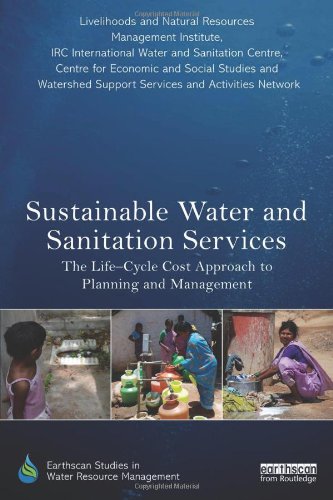

Most ebook files are in PDF format, so you can easily read them using various software such as Foxit Reader or directly on the Google Chrome browser.
Some ebook files are released by publishers in other formats such as .awz, .mobi, .epub, .fb2, etc. You may need to install specific software to read these formats on mobile/PC, such as Calibre.
Please read the tutorial at this link: https://ebookbell.com/faq
We offer FREE conversion to the popular formats you request; however, this may take some time. Therefore, right after payment, please email us, and we will try to provide the service as quickly as possible.
For some exceptional file formats or broken links (if any), please refrain from opening any disputes. Instead, email us first, and we will try to assist within a maximum of 6 hours.
EbookBell Team

4.7
26 reviewsBased on the work of the WASHCost project run by the IRC International Water and Sanitation Centre (IRC), this book provides an evaluation of the water, sanitation and hygiene (WASH) sectors in the context of developing countries and is the first systematic study of applying the life-cycle cost approach to assessing allocations. It presents unit cost estimates of the WASH sector across geographic locations and technologies, including rural and peri-urban areas, and these are compared with service levels. It analyses detailed data from more than 5000 households across nine agro-climatic zones in Andhra Pradesh State in India. Key issues assessed include poverty analysis of service levels, cost drivers and factors at the village and household level, and governance aspects such as transparency, accountability and value for money in relation to unit costs and service levels.
This is the most comprehensive study of the WASH sector in India and elsewhere that utilises the life-cycle cost approach, along with GIS, econometric modelling and qualitative research methods. Not only does it contribute to research and methodology in this area, but the analysis also provides valuable insights for planners, policy makers and bi-lateral donors. The authors show how the methodology can also be applied in other developing country contexts.